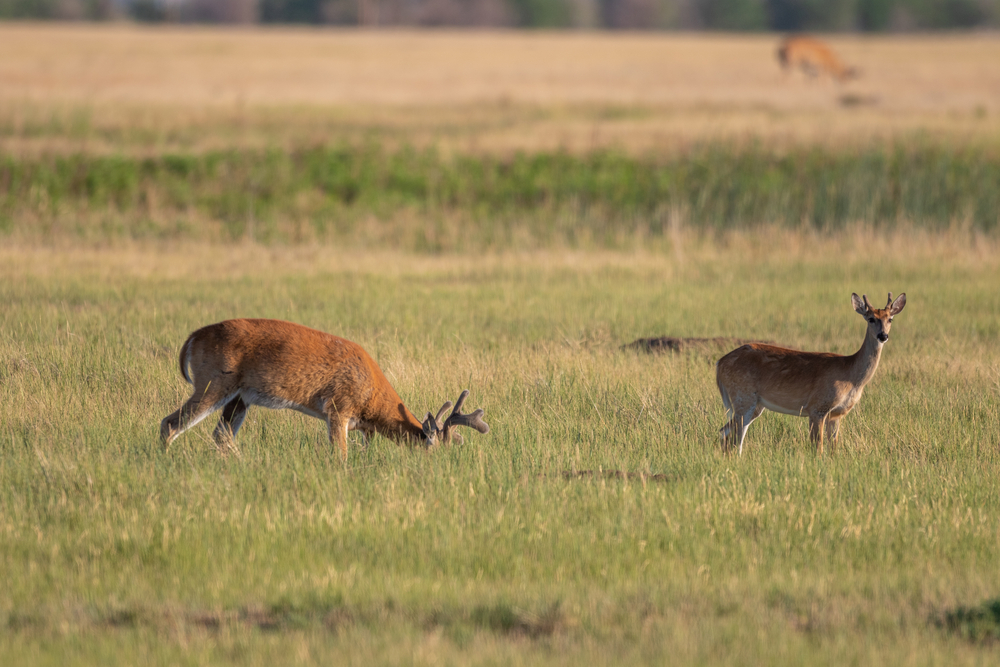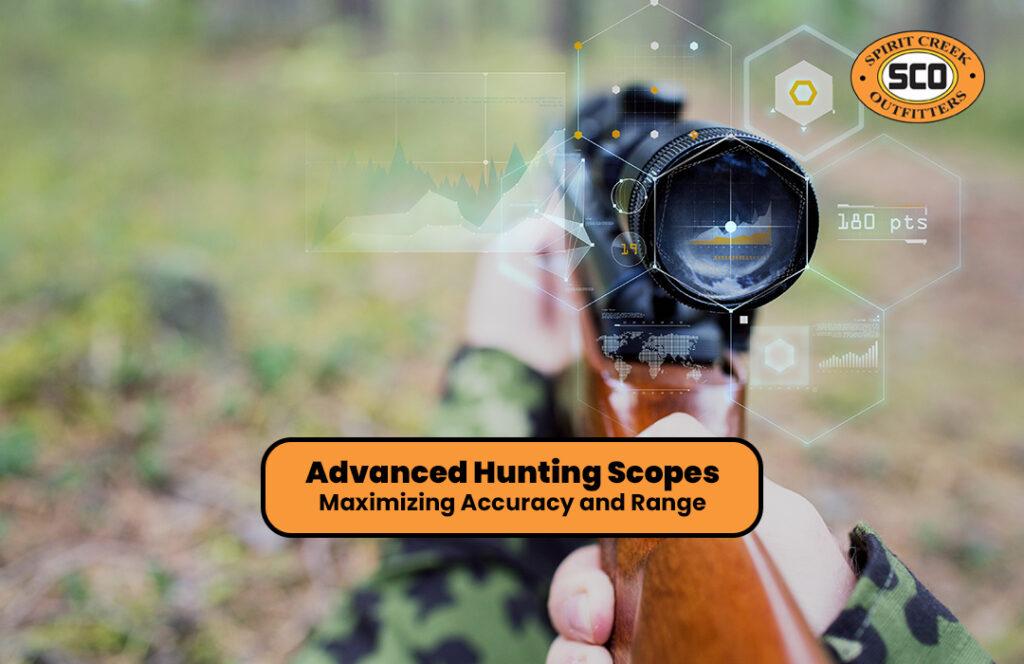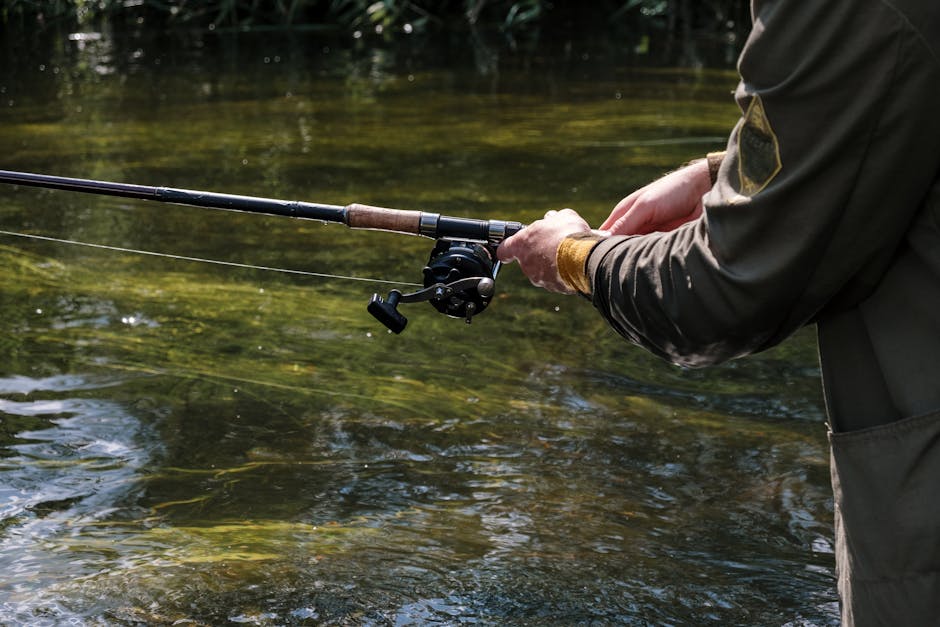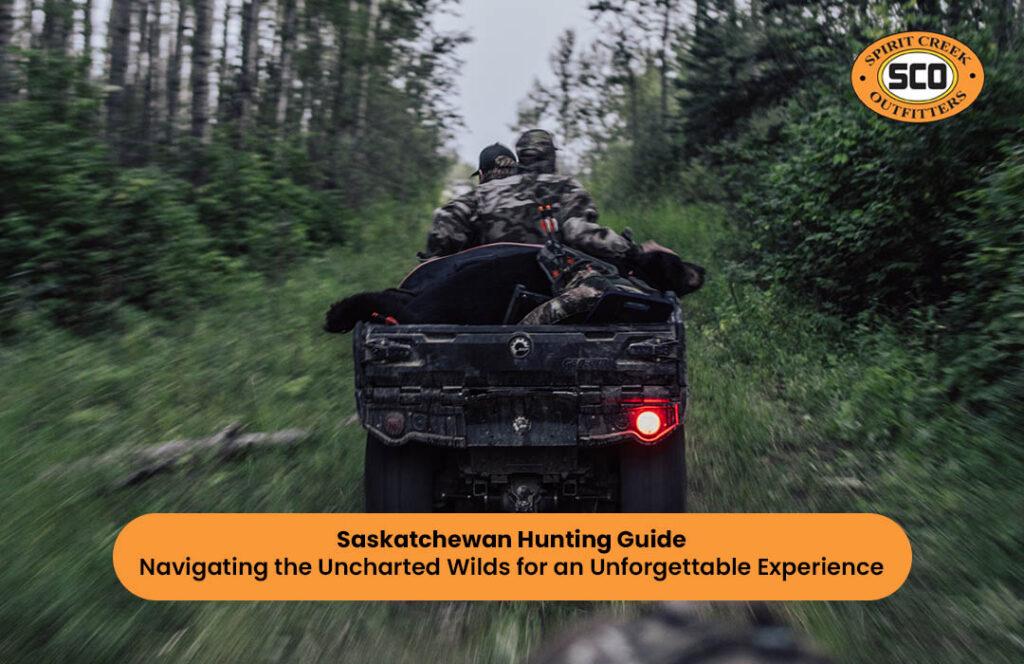Introduction to Guided Hunts and Wildlife Encounters
Guided hunts offer more than just a chase; they open a doorway to the wild, letting you stand face-to-face with nature’s finest. Think of them as an adventure where you’re not just a spectator but a participant in the wildlife’s natural drama. With experienced guides at your helm, these hunts ensure you’re in the right place at the right time, safely and respectfully observing animals in their natural habitats. Whether it’s the rush of tracking elk through dense woods or the quiet anticipation of waiting for the perfect deer sighting, guided hunts tailor experiences ensuring they’re not only about the pursuit but also about gaining a deeper appreciation for wildlife. These encounters remind us of our place in nature’s grand tapestry and the importance of conserving these wild spaces for generations to come. So, when you embark on a guided hunt, expect more than a trophy; prepare for an unforgettable journey into the heart of the wild.
The Role of a Guide in Enhancing Wildlife Encounters
A guide is your key to the wild. They know the lay of the land like the back of their hand—not just where to go, but the best time to be there too. This deep knowledge ups your chances of spotting wildlife safely and in their natural habitats. Good guides do more than just lead the way; they make wildlife pop out of the landscape by sharing insights and stories that breathe life into your adventure. They’re trained to spot animals that you might walk right past, making your experience richer and more exciting. Plus, they ensure you respect the animals’ space, keeping both you and the wildlife safe. In short, a guide doesn’t just show you the wilderness; they unlock it for you.
Types of Wildlife You Can Encounter on Guided Hunts
On guided hunts, the type of wildlife you’ll encounter varies widely and hinges on the location of your hunt. In North America, popular targets include white-tailed deer, elk, moose, and various waterfowl. Journey to Africa, and you’re entering a realm where the majestic lion, elusive leopard, towering giraffe, and the formidable Cape buffalo roam. If your adventure takes you to the dense forests of South America, expect encounters with species like the puma or the exotic jaguar. Each region offers unique wildlife, making your hunt not just a pursuit, but a deep dive into the natural world. Keep in mind, the guide’s expertise is pivotal; they know where these animals thrive and how to approach them with respect for nature’s code. Your choice of hunt directly influences the wildlife you’ll meet. Choose wisely and brace for the remarkable.
Preparing for a Guided Hunt: Essentials for the Best Experience
Before you head out on a guided hunt, getting your gear and mindset ready is crucial. First off, bring the right clothes. Think layers. You want to be ready for any weather without feeling bogged down. Next, invest in a quality pair of boots. Your feet will thank you after long hours of tracking. Don’t skimp on a reliable backpack either. You’ll need something to carry your essentials without falling apart. Speaking of essentials, water, snacks, and a basic first-aid kit are must-haves. Staying hydrated and energized is key, and you’ll want to be prepared for any minor scrapes or blisters.
On the tech side, a good GPS or a smartphone with a reliable mapping app can be a lifesaver, literally. But, don’t rely solely on tech; a physical map and compass never run out of battery. Bring binoculars too; they’re invaluable for spotting wildlife before they spot you. Lastly, understand the local rules and regulations. Each area has its own set of guidelines about what you can and cannot do. Brush up on these to avoid fines or, worse, endangering yourself or the wildlife. Remember, preparation is the name of the game. The better prepared you are, the more you’ll enjoy your guided hunt. Keep these tips in mind, and you’re on your way to an unforgettable experience.
Ethical Considerations of Guided Hunts and Wildlife Conservation
When you’re eyeing guided hunts, the ethics of the practice can weigh heavily on your mind. Good news: when done right, these hunts can actually support wildlife conservation. Here’s the thing, ethical guided hunts strictly follow legal regulations and aim to sustain animal populations. They avoid overhunting and focus on species with ample numbers. But it’s not just about following rules. These hunts often contribute financially to conservation efforts. Money spent on permits and guide services frequently goes back into local wildlife protection and habitat preservation. Plus, ethical hunts are about respect—respect for the laws, the animals, and the ecosystem. By choosing guides and companies that prioritize conservation, hunters play an active role in sustaining the wildlife populations they admire. It’s all about making informed, responsible choices.
How to Choose the Right Guided Hunt for Unforgettable Wildlife Encounters
To make your wildlife encounter unforgettable, picking the right guided hunt is key. First, think about the type of animal you’re eager to see. Whether it’s deer, elk, or something more exotic, knowing your preference helps narrow down the hunt options. Location is your next checkpoint. Some places are hotspots for specific animals, so choose a region that’s renowned for the wildlife you want to encounter.
Experience level is crucial. Be honest about your hunting skills. Guides offer hunts for beginners to seasoned experts, so pick one that matches your ability level. This ensures you have both a safe and enjoyable experience. Safety always comes first. Look for guides with solid safety records and positive reviews. Speaking of reviews, check them out. Previous hunter testimonials can give you valuable insights into what to expect.
Budget plays a part too. Guided hunts can vary in price, so find one that offers a good balance between cost and the experience you’re after. The right guided hunt can turn a simple wildlife encounter into an unforgettable adventure. Keep these points in mind, and you’re well on your way to an amazing experience.
Safety Measures for Close Wildlife Encounters During Guided Hunts
When you’re out there in the wild, excited about the possibility of encountering majestic animals, staying safe is crucial. Guided hunts come with professionals who know how to make these experiences unforgettable and secure. First, always listen to your guide. They know the behavior of animals and the terrain better than anyone. Stay quiet and move slowly to avoid startling wildlife, this is key for your safety. Always keep a safe distance; getting too close to animals can provoke them. Remember, no photo is worth risking your safety. Use binoculars or a good camera zoom for a close-up. Wear appropriate clothing and gear to protect yourself from the elements and remain invisible to animals. Lastly, stay aware of your surroundings. Animals can be unpredictable, and the weather can change fast. Following these measures, guided hunts can bring you face-to-face with nature’s beauty, safely.
The Impact of Season and Location on Wildlife Encounters
The time of year and the place you choose for your guided hunt play a crucial role in the kind of wildlife encounters you can expect. Simply put, some animals are more active or visible during certain seasons, making your chances of spotting them higher. For example, deer are often more easily seen during their breeding season, known as the rut, which occurs in the fall. On the other hand, bears may be more visible in spring as they emerge from hibernation in search of food.
Location is just as important. Different environments host different animals. A guided hunt in the dense forests of the Pacific Northwest will offer the chance to encounter deer, elk, and maybe even bears. Venture into the plains of the Midwest, and you might find yourself gazing at pronghorns or coyotes.
In essence, picking the right season and the perfect spot doesn’t just increase your odds of seeing wildlife; it shapes the entire experience. Whether it’s the snow-covered mountains in winter giving you a backdrop for tracking wolves or the lush greenery of summer as you search for wild boar, these factors are key to unforgettable wildlife encounters. Always check with your guide for the best times and places to go for the kind of adventure you’re looking for.
Personal Stories: Unforgettable Encounters from Guided Hunts
Many folks often share tales from their guided hunts, each packed with raw excitement and adventure. Picture this: one moment you’re quietly tracking deer, the next you’re locked in a stare with a majestic buck, heart pounding in your chest. Or imagine sitting in a duck blind before dawn, the cold nipping at your nose, and then suddenly, the sky fills with the sound of wings. These narratives aren’t just about the hunt; they’re about connecting with nature in a way that’s indescribable. Take Jake, for example, who went elk hunting in Colorado. He describes how, after days of tracking, he and his guide stumbled upon a herd in a hidden valley, the morning sun casting a perfect light. The thrill, he says, wasn’t just in the shot but in the unforgettable experience of being so close to these magnificent creatures in their element. Then there’s Mia, who embarked on her first bear hunt in Alaska. She talks about the mix of fear and fascination when she finally saw a bear up close, the details of its fur, the sniff of the air, and the sheer size of it. It’s not just stories about the catch but about respect for wildlife, the lessons learned, and the bonds formed—between hunters, guides, and nature itself. Guided hunts offer more than just a chance to hunt; they provide stories that last a lifetime, weaving together the challenge of the hunt with the beauty and unpredictability of nature.
Conclusion: Making the Most of Your Guided Hunt for a Memorable Wildlife Experience
Wrapping up, if you’re looking to make the most out of your guided hunt, it boils down to a few key tips. First, research and choose a reputable guide. A guide worth their salt will not only lead you to the heart of wildlife but also ensure your safety. Next, keep an open mind. Wildlife is unpredictable, and every encounter is unique. Be ready for anything and appreciate the moment, whether it’s a trophy catch or a serene landscape. Finally, respect the environment and the creatures that call it home. This ensures the preservation of these experiences for future hunters. Remember, a guided hunt isn’t just about the hunt; it’s about connecting with nature, creating lasting memories, and respecting the wilderness.






